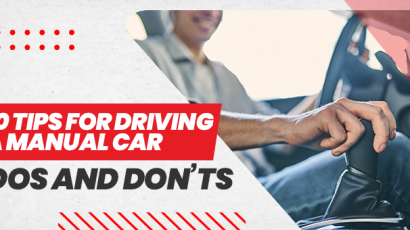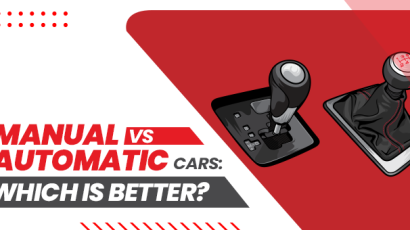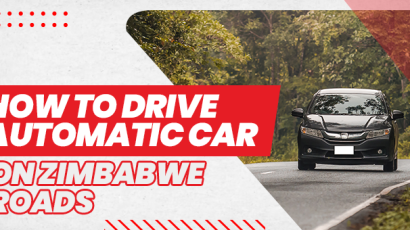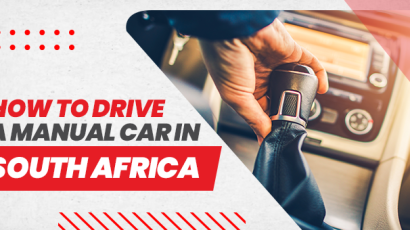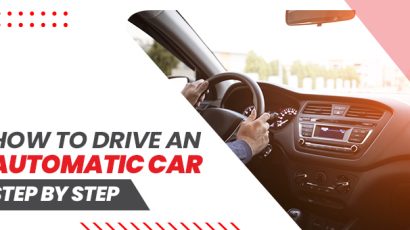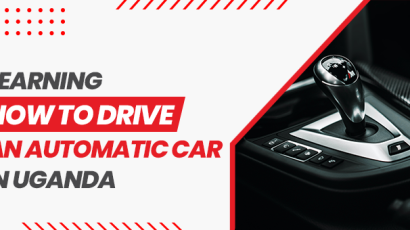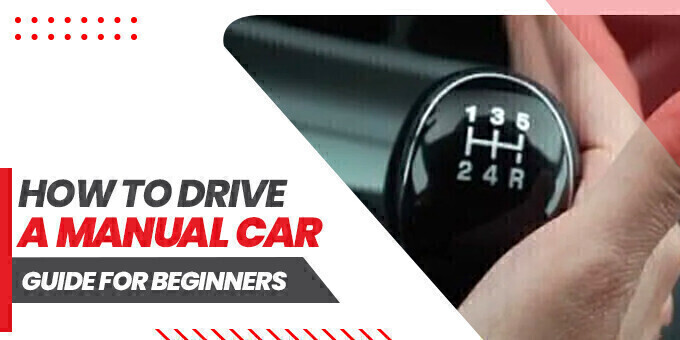
Despite the growing popularity of automatic gearboxes, people hold on to their manual vehicles. Automated cars are ruling the road. However, the high prices and other growing concerns have influenced people in many ways. Once a person knows how to drive a manual car, they can easily switch to automatic vehicles.
There’s no doubt that automatic vehicles are convenient and satisfying. But, you cannot ignore how manual cars can come in handy. These are less costly and easy to maintain and repair. Also, these are less complex and more fuel-efficient. Along with all the benefits, it’s important to remember that driving a manual car can be nerve-racking. You need to know the basics before you start practicing.
If you wish to add manual driving to your skillset, we have a guide for driving a manual car for beginners. The knowledge can be handy in case of emergencies.
How to Drive a Manual Car In Uganda?
Driving is an art. All you’ve to do is focus on the road and make sure that you keep yourself and everyone else safe. So, before hitting the road, learn the basics. If you’re focusing on how to drive a manual car for beginners, start from the three pedals:
- A clutch
- Brake
- Accelerator
As the words suggest, the brake slows down the vehicle while the accelerator speeds it up. Clutch might sound new to you. So, let us help. It’s an essential part of the manual car, making it more complicated for the drivers. It consists of two metal plates that connect the engine and drive wheels. When you press the clutch, it disconnects the engine from the wheels.
1. Firstly, Drive by the Rules
Before you begin focusing on how to drive a manual car for beginners, you need to know the traffic rules of your country and city. There’s a probability that some restrictions apply to your license. Confirm this before you hop in a manual car.
For instance, in South Wales, if you have a P2 license, you can only drive an automatic car. Similarly, in Victoria, drivers with the provisionary license have to wait for the unrestricted one to drive a manual car. So, understand the license and traffic rules.
2. Put on Your Seatbelt
It doesn’t matter if you’re driving a manual or an automatic car; you need to put on your seatbelt first. That’s the basic safety rule of driving a car. The guidelines on how to drive a manual car for beginners highlights the importance of seatbelts. Without this, you put yourself and others at risk. Also, you might be fined by the traffic police for not following the rules.
3. Now, Turn on the Engine
For this, you’ll have to put the key in the ignition. Then, turn it to your right until the engine starts. You’ll also have to put the clutch pedal down in this step.
4. Move the Gear
When you start the engine, you need to move the gear stick into the first gear. Here, you’ll use your foot to press the accelerator to give the engine a start gently. Keep it slightly so that you don’t hit the car or tree in front of you.
Once the car engine starts, you’ll have to slowly lift your foot from the clutch pedal. It’ll help the car start gently by causing a bit of vibration, which is known as the bite point of the car. At this point, the clutch plates start to connect.
5. Remove the Handbrake
Now, your car is vibrating and ready to hit the engine. You have to remove the handbrake and let the car start and move slowly.
6. Speed Up the Vehicle
Once you are on the road, you’ll have to raise your foot off the clutch and use the accelerator pedal to speed up the vehicle. Make sure you follow the speed limit and don’t overdo anything throughout.
Understand the Functions of the Manual Gears
When driving a manual car, you’ll find six to seven gears. Read on to find out about each gear marked on the car’s stick:
- 1st gear provides the highest pulling power to start moving the vehicle. However, it does not have the potential to pick up speed. On this gear, you can drive from 0 to 20 km/h only.
- 2nd gear is used to speed up the vehicle on ordinary roads. It can be used to apply brakes on slow speed curves. Also, used when taking turns on the left or right intersections. The speed range on this gear is 10 to 30 km/h.
- 3rd gear – the third gear is further used to increase speed. The beginner driver can use it when driving in town or downhill. It offers a higher speed range of 20 to 50 km/h, making it easier to overtake another vehicle.
- 4th gear is best to increase the speed from 3rd The fourth gear is used when driving on highways when driving a manual car. Also, when there is less traffic on any smooth broad road, this gear is beneficial. On this gear, the speed range can be 30 to 60 km/h.
- 5th gear – the fifth one offers the least pulling power. But, it’s best to pick up a great range of speed. If you’re driving a manual car on expressways, this gear is what you need. It offers a speed range of 60 km/h or more.
- 6th gear – When driving in the 6th gear, you can reduce overall fuel consumption. It provides a smooth ride during motorway cruising.
- Reverse gear – When driving manual cars, the R-gear is used to reverse the car.
Manual Car Driving Tips For People Of Uganda
Knowing the driving tips is always best to experience a smooth on-road and off-road experience. Here’s a list of manual car driving tips for beginning drivers:
- When you stall the vehicle, turn off the engine and shift the gear stick to neutral.
- The Clutch is on the left, brake in the middle, and accelerator on the right.
- Don’t remove your foot too quickly from the clutch if you want to avoid stalling.
- Press the clutch, release the accelerator while braking, and then shift to neutral.
Final Thoughts
Driving a manual car always requires more practice. It’s more complicated than the automatic one. You cannot learn to drive a manual car in a day or two. You can follow the above guide for how to drive a manual car for beginners—however, it’s also necessary to familiarize yourself with the process and parts of the vehicle.
Once you go through manual car driving tips for a beginner driver, you have learned everything theoretically before getting on the roads; it’s best to practice and acquire a driving license.






